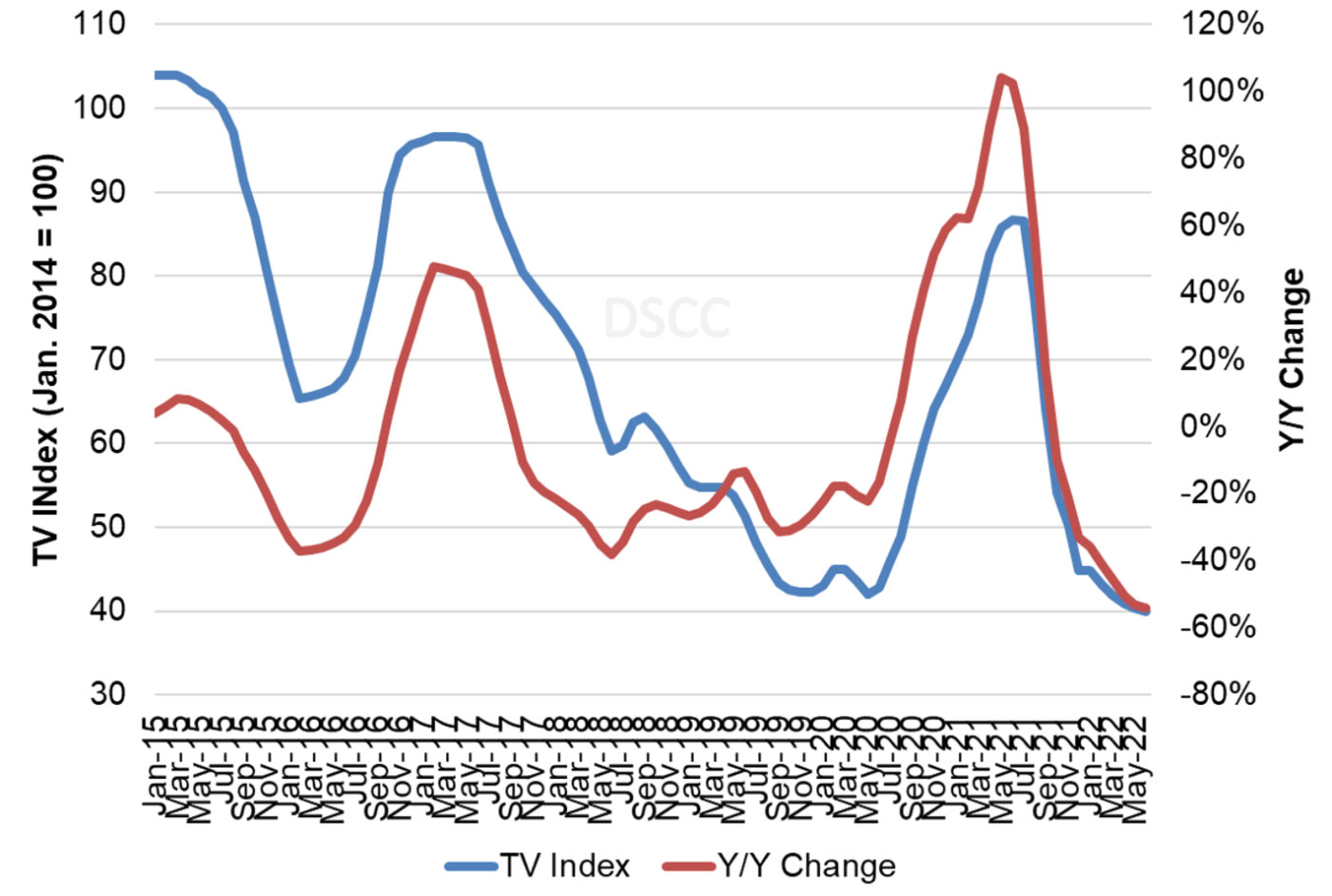Samsung to Allegedly End LCD Display Production in June Say Insiders
LCD production wasn't due to be phased out for another 6 months.
According to industry insiders, Samsung has taken the decision to close down its last LCD production lines, coming into effect six months sooner than expected. According to industry insiders talking to the Korea Times, the June closure has been hastened due to the precipitous fall of LCD pricing driven by competitors based in China and Taiwan. As the news comes via unnamed "industry insiders", take the news with a healthy amount of salt until an official statement is made.
LCD production by Samsung Display won a reprieve through 2020 and 2021 due to the electronics device demand spike during the COVID-19 pandemic. With display supplies normalizing, and competition again beginning to bite, Samsung planned to close its LCD lines and focus on QD LED and OLED display production from the end of this year. However that decision has been brought forward.
The apparent sudden change of heart by Samsung needs little supplementary explanation if you cast your eyes over the chart above. The chart, courtesy of Display Supply Chain Consultants (DSCC), shows the TV panel price index plotted against year on year change from January 2015 to today. The steepness of the decline seen from late 2021 is enough to give an analyst vertigo. It may show some signs of bottoming out now, but please note that we are in negative territory, approaching -60% pricing YoY.
Samsung Display is an important player in the business of making flat panel displays. The South Korea-based firm makes some of the best screens for devices spanning tiny wearables to full wall-sized modular TVs. Some of its displays go into PC monitors that are own branded, and others will be used by partners like Asus and Alienware.
It is expected that employees who were part of the LCD business operations will be reallocated to Samsung Display's quantum dot (QD) and organic light-emitting diode (OLED) screen production. Hopefully the removal of the LCD lines, and rebalancing into QD and OLED, will bring economies of scale to Samsung's operations and help make these vibrant modern screen technologies more accessible.
At the time of writing, Samsung has not yet replied to The Korea Times' request for comment.
Get Tom's Hardware's best news and in-depth reviews, straight to your inbox.

Mark Tyson is a news editor at Tom's Hardware. He enjoys covering the full breadth of PC tech; from business and semiconductor design to products approaching the edge of reason.
-
Exploding PSU End of an era. I still have my Samsung TV, it's a good one.Reply
I still prefer LG more though. -
WrongRookie Good riddance. LCD may be cheap but OLED is the future especially when OLED shows perfect black colors.Reply -
dalek1234 "healthy amount of salt "?Reply
Since salt causes high blood-pressure, one is advised to consume as little of it as possible, so "healthy" would mean "very little". So we should take this new with very little salt added. Got it. -
hotaru.hino Reply
The issue with OLEDs though is burn-in and the mitigations against it is basically "accelerate the wear of the other pixels so the burn in is less apparent." Not exactly the ideal display type if I wanted to keep something for say 5+ years as my primary display.WrongRookie said:Good riddance. LCD may be cheap but OLED is the future especially when OLED shows perfect black colors.
I see MicroLEDs with quantum dots being the future. -
WrongRookie Replyhotaru.hino said:The issue with OLEDs though is burn-in and the mitigations against it is basically "accelerate the wear of the other pixels so the burn in is less apparent." Not exactly the ideal display type if I wanted to keep something for say 5+ years as my primary display.
I see MicroLEDs with quantum dots being the future.
Aren't micro LEDs expensive? -
USAFRet Reply
So was LEDhotaru.hino said:So was OLED.
So was LCD
So was plasma
So was flatscreen in general
